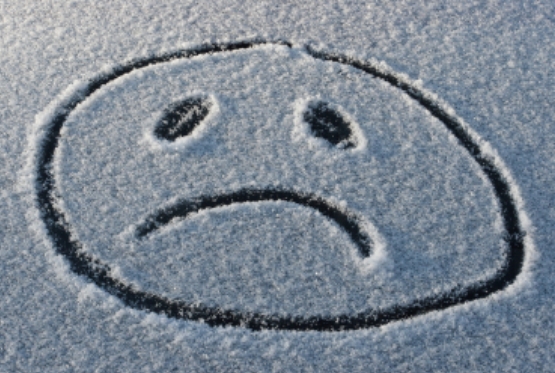Do you experience the “blues” or low mood during the winter months? How do you know if this is just a normal reaction to negative events in your life or whether you are experiencing Seasonal Affective Disorder (SAD)?
True SAD is a common disorder affecting an estimated ten million Americans. Another ten percent to twenty percent may have mild SAD. It is more frequently found in women than men.
Symptoms of SAD include low mood, difficulty waking in the morning, a tendency to oversleep and overeat (especially carbohydrates), a lack of energy, difficulty concentrating and a tendency towards social withdrawal. Many of the symptoms mimic major depressive disorder.
Seasonal mood variations are believed to be related changes in light levels. Many people drive to work in the mornings when it is dark and return home after sunset so they are not exposed to much natural daylight. Anyone can get SAD but it is more common in:
- Winter
- People who live far from the equator where winter daylight hours are short
- People between the ages of 15 and 55. The risk of getting SAD for the first time goes down as you age.
- People who have a close relative with SAD.
Light Therapy NW Calgary
To be diagnosed with SAD you have to have been depressed during the same season and recovered when the seasons changed for at least two years in a row. You may also need to have a blood test to rule out other conditions that can cause similar symptoms such as hypothyroidism.
The roots of SAD may well be due to the tendency for some animals, or in this case, humans, to diminish activity or even hibernate in the winter when there is less food available. It was likely that food was scarce during most of human prehistory, and so a tendency toward low mood during the winter months would have been adaptive by reducing the need for calorie intake.
Bright light therapy has been found to be highly effective in treating SAD. This is because the cause of SAD may well be related to an excess of the brain chemical called melatonin which is produced in dim light and darkness by the pineal gland leaving a person feeling tired and lethargic and disrupting the biological clock which controls the sleep-wake pattern. Melatonin secretion is controlled by this circadian clock but can also be suppressed by bright light.
Light therapy, or phototherapy, using a light source which emits bright white full spectrum light at 10 000 lux, is the preferred treatment although blue light at a wavelength of 480nm at 2500 lux may also be used. Typically, the person would sit 30-60 cm from the light each morning without staring at it for 30-60 minutes a day. Dawn simulators can also be effective. Light therapy has very few side effects. The amount of time required varies by individual. It can be used until enough daylight is available, typically in the springtime. Stopping light therapy too early can result in a return of symptoms.
In addition to light therapy during the winter months, it is also important to take advantage of available sunlight and plan pleasurable activities for the winter season. Approach the winter with a positive attitude and if symptoms develop seek help sooner than later. Fill out your info and get started today!

